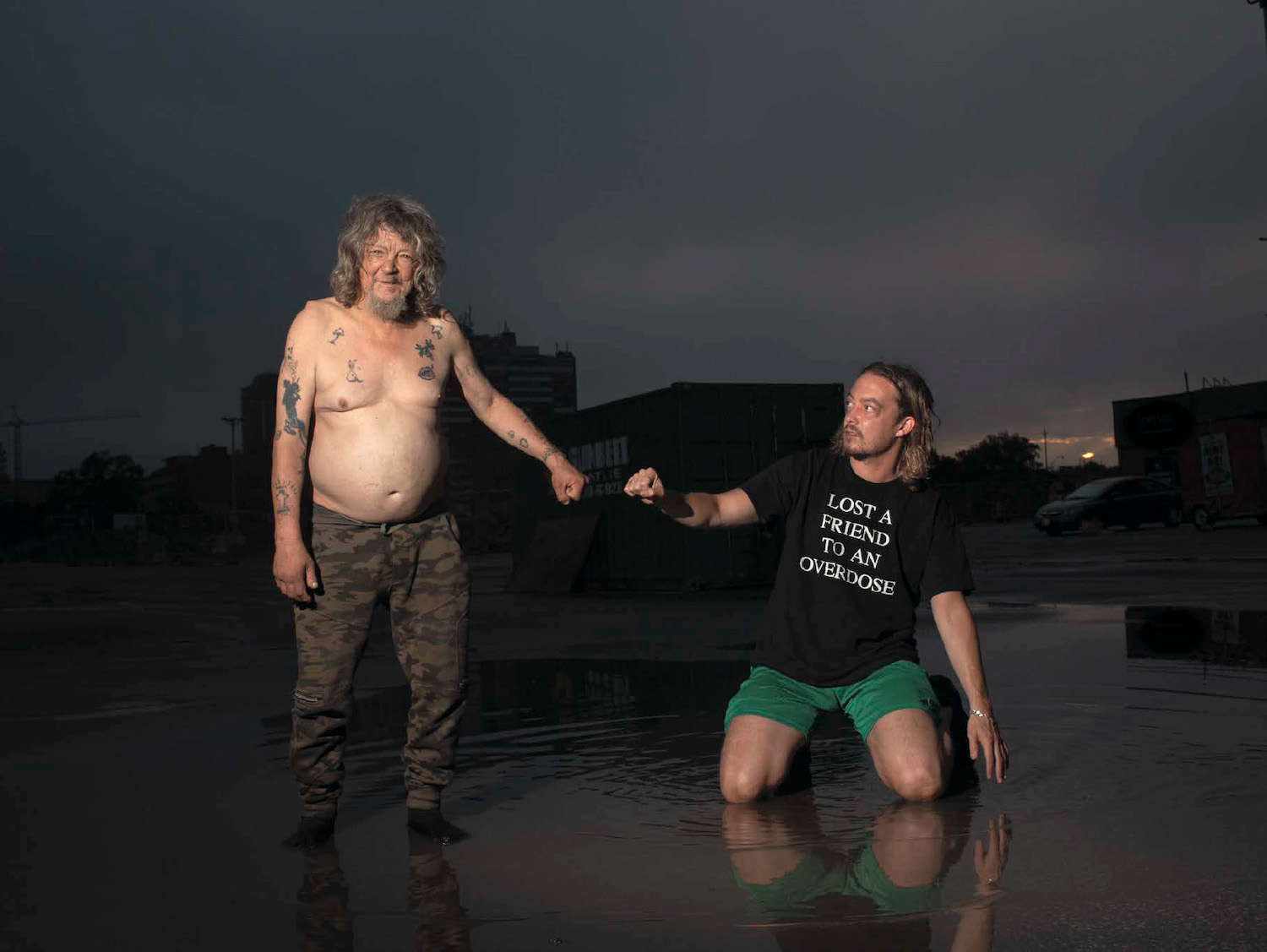Dear Babs, I recently saw a gallery show where an artist staged photographs of a person experiencing extreme poverty, collaborating with them to execute the pictures. The photos were moving, but they left me feeling kinda gross. Am I guilty of unethical voyeurism? Does the artist/subject collaboration mean the work isn’t exploitive? Is it okay or even noble for artists to make work about inequalities/oppression/injustices they themselves are not experiencing?
—Confused in Artland
Dear Confused, First off, I don’t think you’re guilty of “unethical voyeurism.” It’s safe to assume you had no idea the gallery was exhibiting the photos, so you weren’t ethically bound to avoid them to align with your moral convictions. You didn’t say who the artist in question is, but to make my job easier let’s assume you’re talking about Jeff Bierk, who collaborates with his poor and unhoused friends to make popular and collectable photographs. I’m not going to make a broad statement that this sort of photography is inherently exploitive, but it certainly demands we ask important questions.
When it comes to collaborations between artist and subject, you have to ask who benefits most from the relationship. In the case of Bierk, we need to ask: Is the work truly collaborative, representing the intentions of both parties? The artist says it is, but what do his subjects/friends think? Do Bierk and his subjects/collaborators equally benefit financially, professionally, socially from the work? According to interviews, he does split profits from sales equally with his subjects, but he certainly accumulates more social capital and professional creditability from the work. Perhaps the most important question is what, if anything, does his work say about poverty today?
Is it possible for artists to make work about injustices they are not experiencing? Take Martha Rosler’s 1974–75 work, The Bowery in two inadequate descriptive systems, that juxtaposes descriptions of inebriated states with photographs of storefronts in The Bowery, an area with a long and notorious history of homelessness and criminality. But Rosler’s photos have no people in them, and the texts don’t really describe the images; the connections between the two are left up to the viewer, leaving one to question the economic, political and social forces that form these associations. It’s about urban inequality that doesn’t rely on emotional reactions to pictures of a people experiencing poverty. Is it noble? Maybe. Is it a great work of art? Absolutely.


